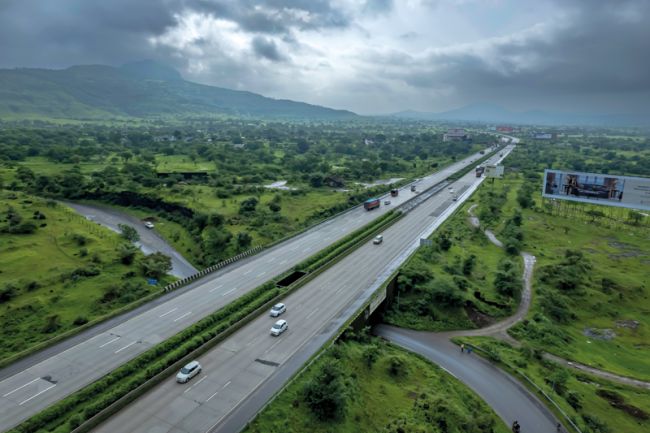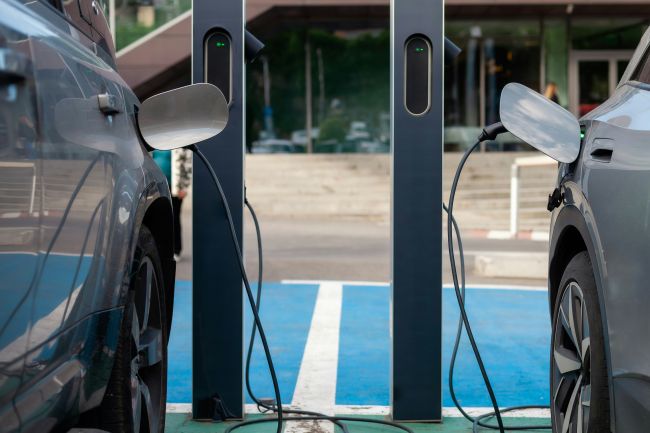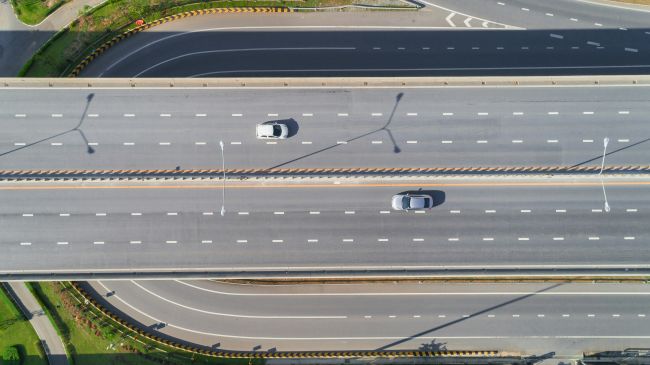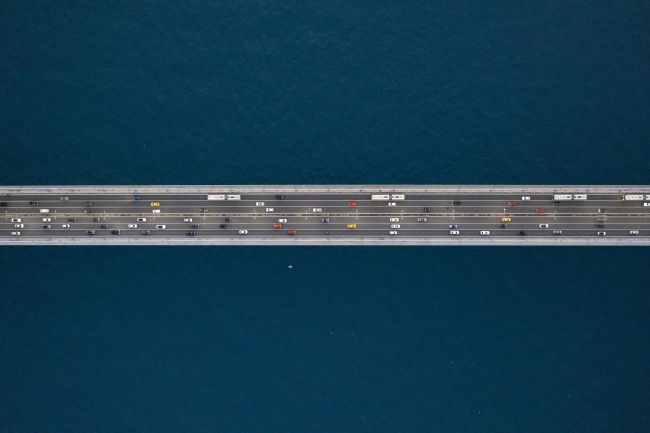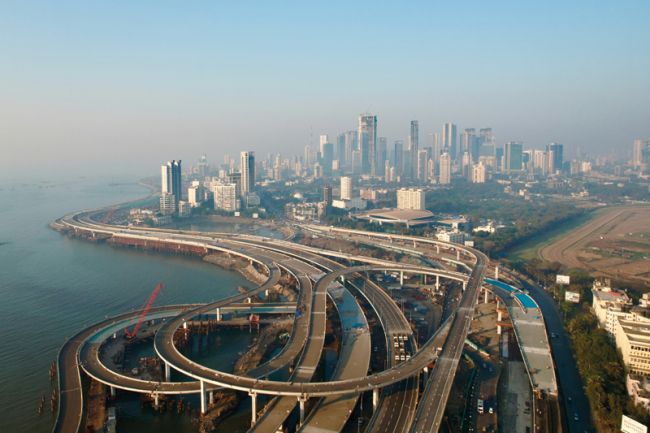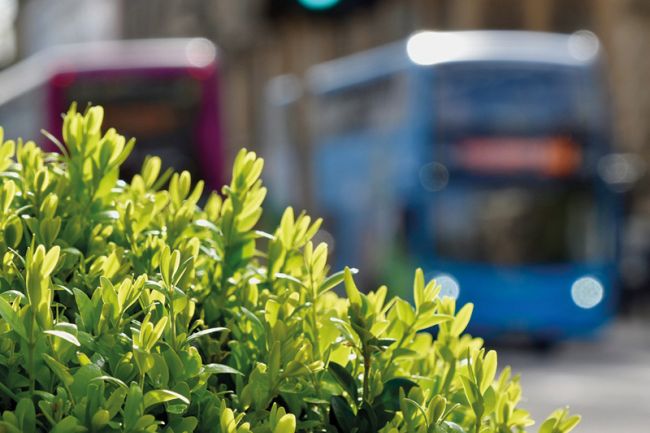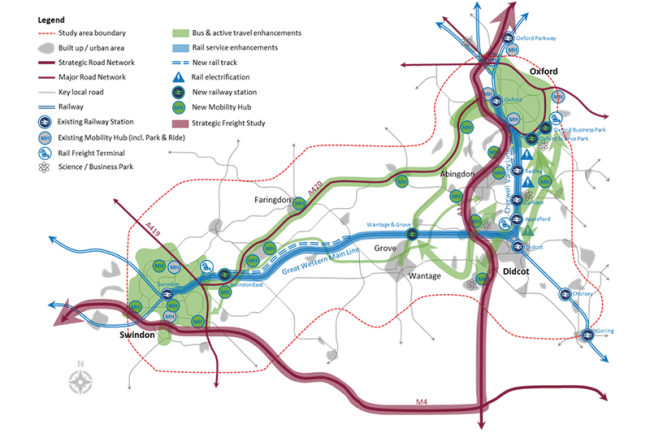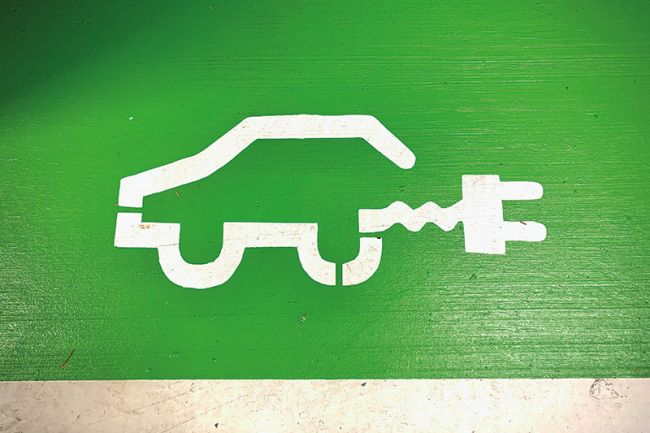The monetisation of national highways and insights into the NHAI InVIT program
Undoubtedly, the road sector has adapted and changed since the start of the pandemic.

[The interview was conducted in December 2021, before the 3rd wave of COVID was observed in India]
As part of the National Monetisation Pipeline, National Highways Authority of India (NHAI) has launched its Infrastructure Investment Trust (NHAI InVIT), whereby the strategic initiative of asset monetisation is firmly on its agenda. To help us determine how NHAI plans to increase the size of its proposed InVIT, we recently interviewed Suresh Goyal, MD & CEO of NHAI InVIT, to gain insight into the evolution of toll roads, recent infrastructure investment opportunities and the impact of electronic tolling, including big leaps in behavioural change.
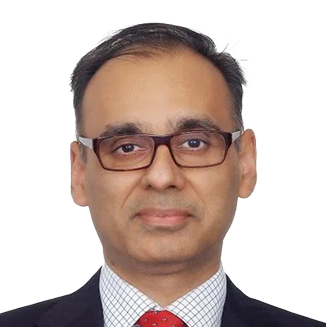 Suresh leads the initiative that has been set up to monetise national highways which have been constructed by or which are owned by NHAI. Out of his 27 years of experience, he has spent more than 15 years engaged in infrastructure investments, including toll roads, airports, power, telecom towers etc. He previously headed Macquarie infrastructure and Real Assets business for India and Southeast Asia, based out of Singapore.
Suresh leads the initiative that has been set up to monetise national highways which have been constructed by or which are owned by NHAI. Out of his 27 years of experience, he has spent more than 15 years engaged in infrastructure investments, including toll roads, airports, power, telecom towers etc. He previously headed Macquarie infrastructure and Real Assets business for India and Southeast Asia, based out of Singapore.
The impact of COVID on the road sector
Undoubtedly, the road sector has adapted and changed since the start of the pandemic. Nobody around the world anticipated the impact COVID could bring. Governments implemented stringent lockdowns across the world and in India, and that was evident in the way the traffic changed on the roads – there was virtually zero traffic for weeks. However, fast forward to present day, the Government has understood the way lockdowns should be implemented and maintained.
Suresh explains, "when businesses reopened, they had managed their supply chain such that the commercial vehicles were moving quite a bit and, in some cases, we also saw passenger vehicles increase as people were avoiding taking public transport (including flights) and wherever possible they were taking personal cars. So I would say the impact of 'COVID 2' (the second wave) was far less than what we experienced during 'COVID 1' (the first wave).
It is evident to see the vast difference between COVID 1 and 2, with the recovery being sharper and the impact being lesser on the latter. With the potential next wave of Omicron' COVID 3', it is correct to assume that people and their businesses are more resilient, and people are panicking less. This includes reaching out to stakeholders such as policymakers and investors, who are also more comfortable with the possible negative impacts a third wave could bring and the recovery thereafter. Suresh conveys, "governments have a critical role to play, understanding the dos and don'ts of how to handle COVID and thereby enabling businesses to continue to operate in a way that the damage and/or impact is minimal".
The whole concept of NHAI InvIT is part of the Government of India's broader strategy of asset monetisation. Earlier this year, the Government had announced an ambitious $20 billion National Monetisation Pipeline to be achieved over the next four years - and the road sector or the National Highway sector has the largest share of that, about 26% equalling approximately $6 billion. NHAI InVIT fits into that overall broader strategy (apart from other strategies) and is a mode for the Government of India and NHAI to monetise those assets.
Evolving governance structures within NHAI InVIT is what makes investment attractive, especially to those on the supply side, as the Government have many national highways they want to potentially monetise. So there is the intent and the authority from the Government of India to monetise these assets and a recommended path to achieve this. "Having established NHAI InVIT and the first round of monetisation, we do expect that this portfolio will grow quite significantly from here. While it's very difficult to put out any numbers, it's fair to say that if you can achieve what the Government has in mind, then this could perhaps become the largest road platform in the country", Suresh says with confidence.
Traffic forecasting led by Steer
Suresh describes traffic forecasting as both an art and a science. "The Steer team led by Serbjeet Kohli have done a great job. Steer have brought global practices, experience, and skills to India, but more importantly, adapted to India's specific context, such as the dynamic traffic patterns (tolling is done at certain points, which is quite different to developed countries around the world). This in-depth knowledge and skilful localisation have been Steer's secret sauce, and we hope they continue to nurture the team and the talent that makes them successful", he speaks very highly.
It's always challenging to carry out a sensible traffic forecasting exercise as not only are you looking at forecasting the existing traffic, but you also need to calculate a view around how the urban conglomerations around the road will change; how the entry and exit point could change; and how the composition of traffic could get affected as a result. Steer was challenged to work exclusively with the information provided by NHAI InVIT, relying on their experience of traffic forecasting to project forecasts across the country. "The results were very well accepted by the investors, resulting in more than a billion dollars of enterprise value on the back of those traffic studies. Having investors [all institutional sophisticated investors], who relied upon these studies, gives a strong rapport and verifies that Steer has the ability to both understand and forecast traffic accurately", Suresh claims.
We questioned whether emerging expressways and highways being operated in the access control methodology pose a potential risk to existing investors. However, the impact this has had on the current infrastructure and investment is minimal, according to Suresh. Expressways are a natural evolution of the road sector which originally connected towns and villages in the country, which then developed into two-lane, four-lane and six-lane highways. They are currently constructed in areas that benefit the overall GDP through more efficient logistics - with an emphasis on efficiency from point to point where not only they are economically justified but also able to offer cheaper and more efficient ways to commute.
"Based on my experience in investing into this for a very long time, and now having led this initiative and drawing investors on board, the existing investors are quite comfortable with the whole concept of expressways coming through, and they're equally comfortable with investing into the existing concessions, so we don't see it as a threat", Suresh emphasises.
Potential impacts of technology within toll road sectors
- India implemented electronic tolling from February 15th of this year which was a big leap for the road sector
- Moving from collecting nickel and dimes at multiple toll plazas with thousands of people doing the counting, checking, verification, to now having electronic tolling has not only improved the process, but more importantly, this evolution (for the better) has brought about a behavioural change from the road users' perspective.
- Future developments will be evolutionary and gradual in nature. Better technologies will ensure better identification of RFID cards, better reading, less time at the toll plazas, which is happening across the country.
- The concept of GPS based tooling has been spoken about, but that will take a little bit longer to be pervasive across India. Existing concessions and arrangements would need to be overhauled, which will take some time and effort from all parties concerned.
The vision driving NHAI InVIT for the future
As we conclude what we can learn from today's challenge and turn towards a future outlook, Suresh concludes how the NHAI InVIT is coming out of the Government's desire to monetise its highways. "While they could have monetised these highways by offering it to the private sector, they have chosen the InVIT route solely because it not only allows them to monetise the asset but also helps to achieve other objectives beyond size in the next five to ten years". These include:
- Bringing investors into the infrastructure sector who may not have the expertise to manage the highways themselves. Under the InVIT structure, a professional project manager is responsible for operations and maintenance of those roads.
- Enabling institutional and other investors to partake in the opportunity that InVIT infrastructure offers. This extends outside of Indian institutional investors, with many foreign institutional investors being quite excited and participating in this opportunity.
- Having a professional body manage the infrastructure, meaning people are held accountable to the standards of maintenance of those roads, enabling an incentive for them to adopt technology and raise the national standards of operations and maintenance, because you are institutionalising the whole sector.
- Leadership in sustainable and world-class operations and maintenance of those roads through use of technology and other resources, resulting in lifting the national standards.


